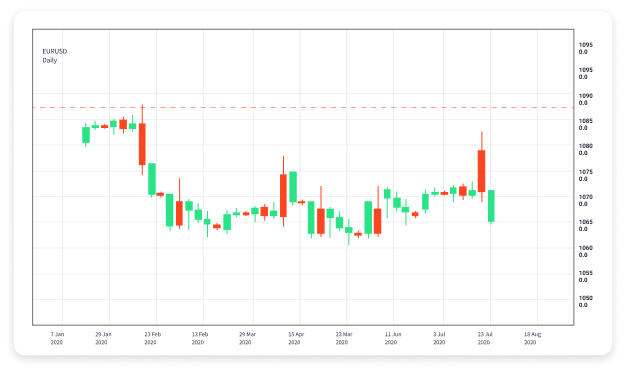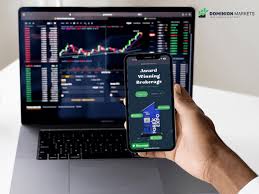
The foreign exchange (Forex) market is one of the largest and most liquid financial markets in the world. A major aspect that attracts traders to Forex is the concept of leverage. Leverage allows traders to control a large position with a relatively small amount of capital. This can drastically increase the potential for profits but also carries significant risks. In this guide, we will explore the mechanics of leverage in Forex trading, its advantages and disadvantages, and strategies for its effective use. If you want to delve deeper into Forex trading, visit leverage in forex trading trader-apk.com [1] for more resources and tools.
What is Leverage in Forex Trading?
Leverage in Forex trading refers to the use of borrowed funds to increase the potential return on investment. Traders can open trades larger than their actual capital by using leverage provided by their brokers. The leverage is expressed as a ratio, such as 100:1, meaning that for every dollar in the trader’s account, they can control $100 in the market. While leverage can amplify profits, it also poses a risk of significant losses.
How Does Leverage Work?
When a trader uses leverage, they’re essentially using the broker’s money to increase their exposure to the market. For example, if a trader has a trading account balance of $1,000 and uses 100:1 leverage, they can trade positions worth $100,000. This is achieved by posting a margin—the amount required to open a leveraged position—which in this case would be $1,000 (1% of the trade size).
In Forex, margin is a critical component of any leveraged trading strategy. The margin required can vary depending on the broker and the currency pair, but it is essential for traders to understand how much margin is needed for their trades and the potential implications of margin calls.
Advantages of Using Leverage
Increased Profit Potential
The most obvious advantage of using leverage is the potential for increased profit. With the ability to control larger positions, even small price movements can result in significant profits.

Access to Larger Capital
Leverage enables traders to access large amounts of capital without needing to have that amount in their accounts. This means that even with a small amount of capital, traders can participate in the Forex market to a much greater extent.
Variety of Trading Strategies
Leverage allows traders to implement various trading strategies that might not be feasible without it. For example, day traders often rely on leverage to capitalize on small price changes throughout the day.
Risks of Using Leverage
Increased Risk of Loss
While leverage can increase profits, it can also amplify losses. A small adverse price movement can lead to significant losses that exceed the initial investment. This risk highlights the importance of using risk management strategies when trading with leverage.
Margin Calls
If a trader’s account equity falls below the required margin, brokers may issue a margin call, requiring the trader to deposit more funds or close positions. Failure to meet a margin call can result in automatic liquidation of positions at unfavorable prices.
Implementing Leverage in Your Trading Strategy

To safely utilize leverage in Forex trading, traders should adopt solid risk management strategies. Here are some practical tips:
Use a Stop-Loss Order
A stop-loss order helps limit potential losses by automatically closing a trade when it reaches a certain price. This ensures that the trader does not lose more than they can afford.
Manage Position Sizes
Keeping position sizes manageable is crucial when trading with leverage. Traders should ensure that they do not risk more than a small percentage of their trading capital on a single trade.
Know Your Leverage Ratio
Traders should understand the leverage ratio they are using and its implications. Choosing the right leverage ratio for their trading style and risk tolerance is essential for maintaining a healthy trading account.
Conclusion
Leverage is a powerful tool in Forex trading, offering significant potential for increased profits. However, it is essential to approach leverage with caution, as it also carries risks that can lead to substantial losses. By implementing effective risk management strategies and understanding how leverage works, traders can effectively use this powerful tool to enhance their trading performance. Remember, successful trading is not only about making profits but also about managing risk appropriately.
Before utilizing leverage, it is advisable for traders to gain a thorough understanding of the Forex market and develop a comprehensive trading plan that includes clear risk management strategies. As with any investment, knowledge, discipline, and a cautious approach can lead to more consistent results in Forex trading.